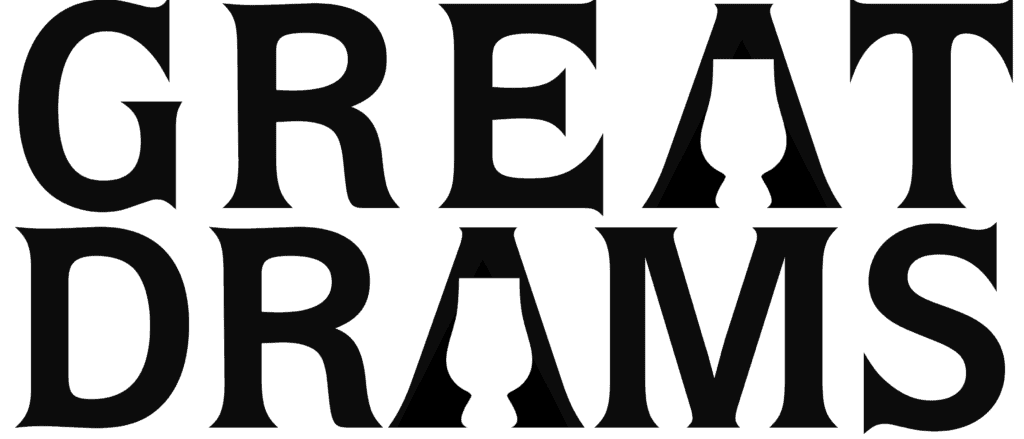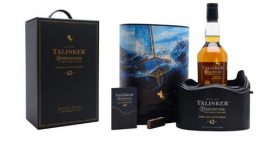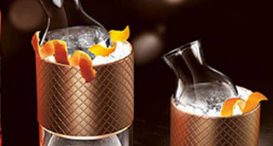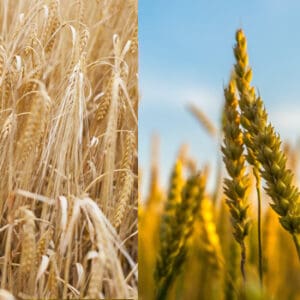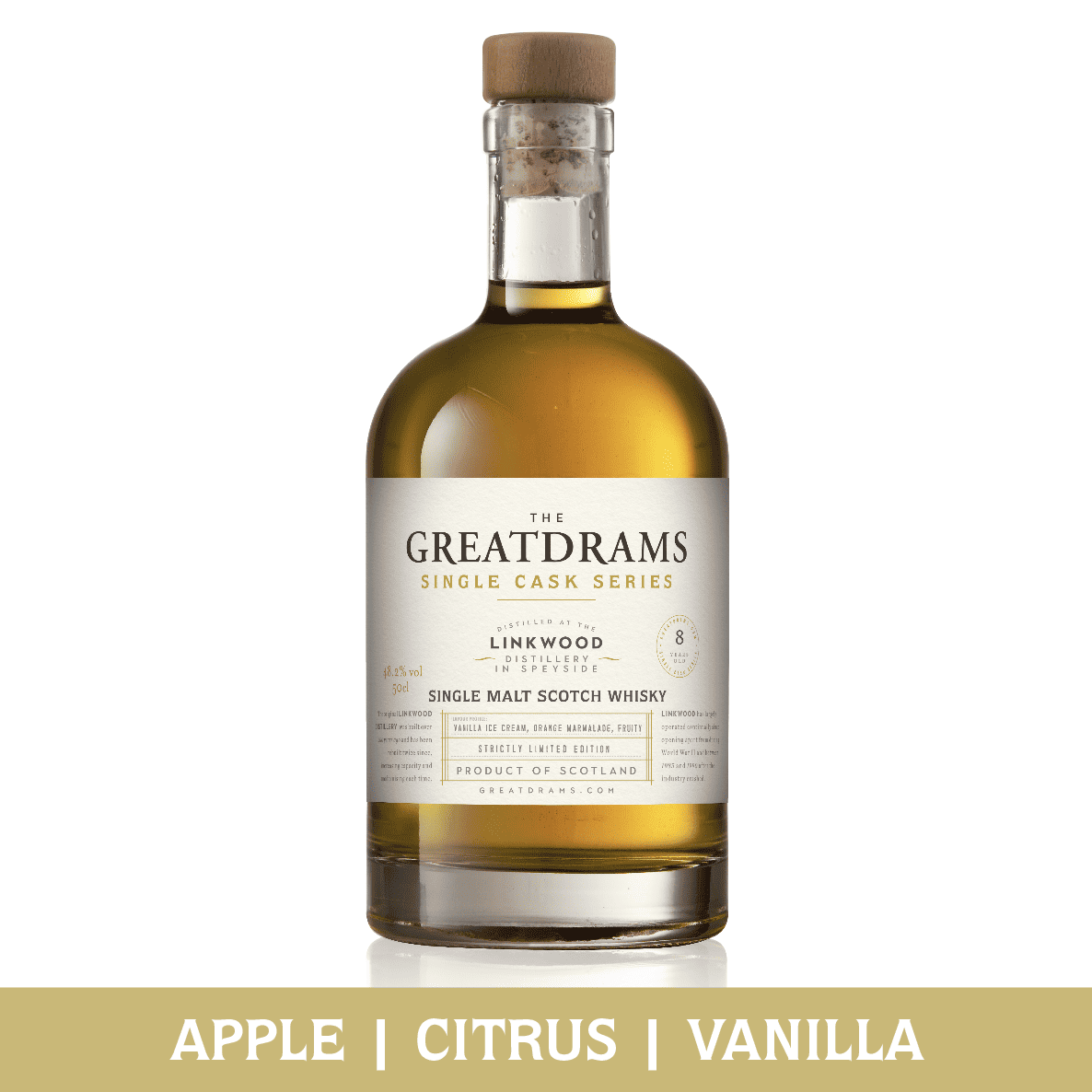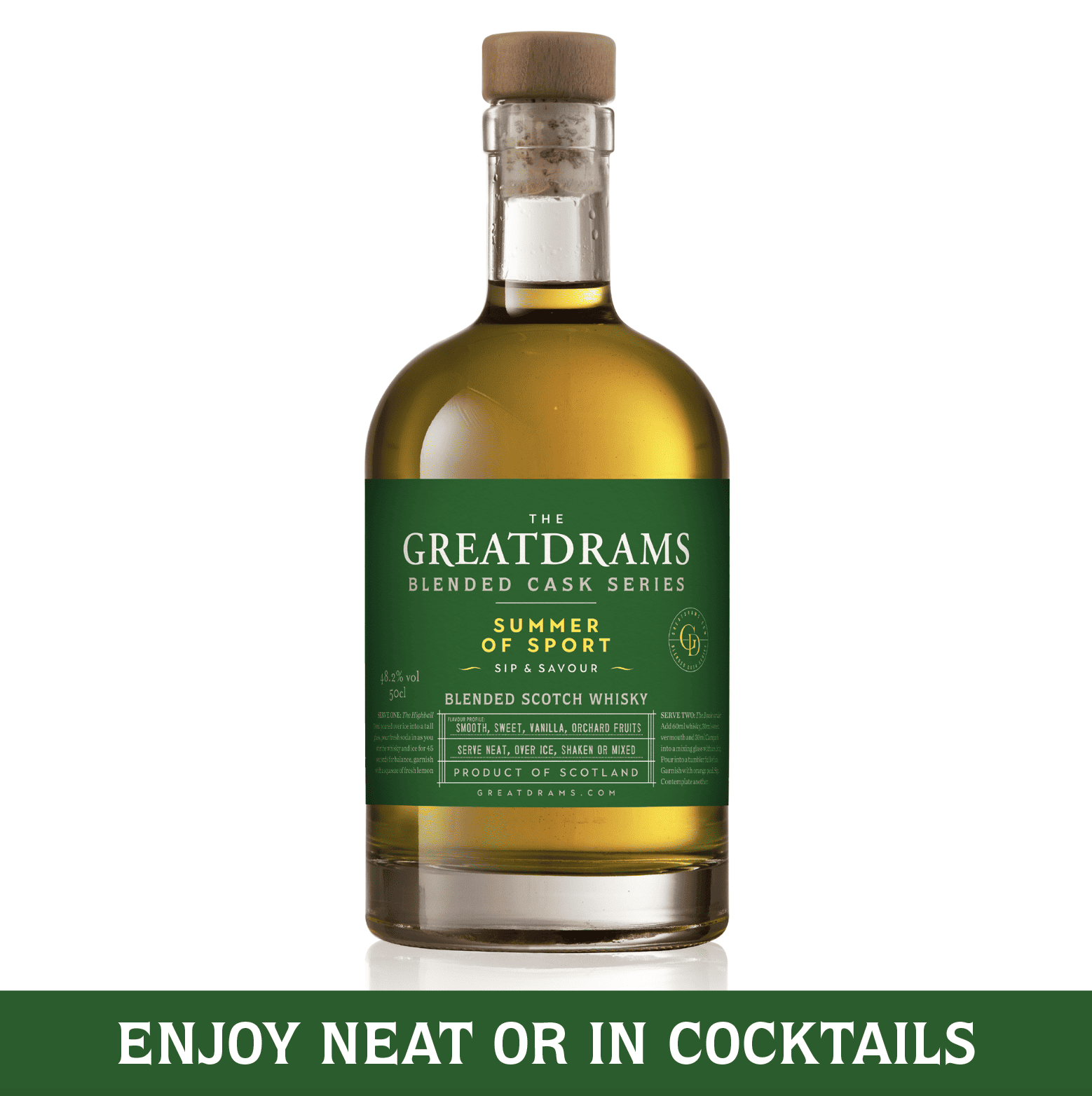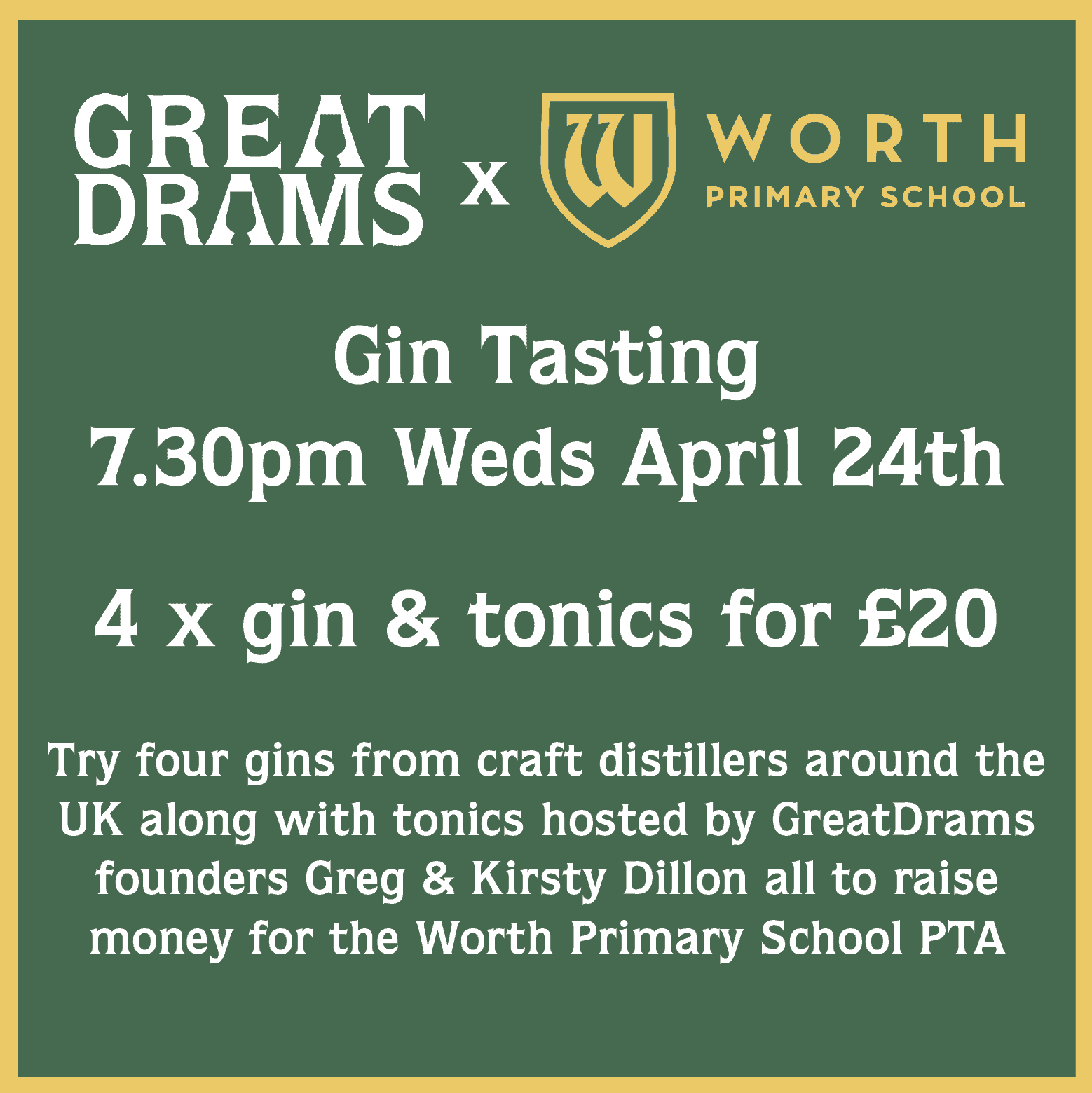A focus on The Whisky Auction Market
let’s begin
Whisky auctions have a somehow dubious reputation. An illustrious round of whisky connoisseurs is passing around bottles while pushing prices to an enormous height and keeping transparency low.This new series of guest posts is aimed to demystify the secondary whisky market.
Sure, prices on whisky auctions are usually higher than they once were in stores. But then again, these are great whiskies which cannot be reproduced and are not available anywhere else,so fixed price tags do not exist anymore. When we talk about transparency, this is the place where Whiskystats comes into play. Whiskystats is a database where the results from several online auctioneers are collected, combined and analyzed. These data can now be used to find out what is happening on the whisky auction market, if prices are really over the top and which bottles are the true collectors´ favorites. To start off, we need to get an overview.

Figure 1 Whiskystats.net, the Whisky Auction Price Database
The Database
When interpreting any statistics it is always a good idea to know from which data they have been derived. The Whiskystats database includes almost 18.000 different scotch and japanese single malt whiskies and over 200.000 price observations. Those prices are sourced from the two online auctioneers ScotchWhiskyAuctions.com and WhiskyAuction.com and go back as far as the end of 2005.
The Market
Each month on these two auction platforms alone 3,000 to 5,000 single malt whiskies are sold. Usually, summer months are quieter while during winter time more bottles are traded. In 2016 so far,the average price per bottle was around 300 Euros. Since 2005, the average auction price for a single malt whisky raised from 132 Euros to a maximum of 343 Euros in the year of 2015.
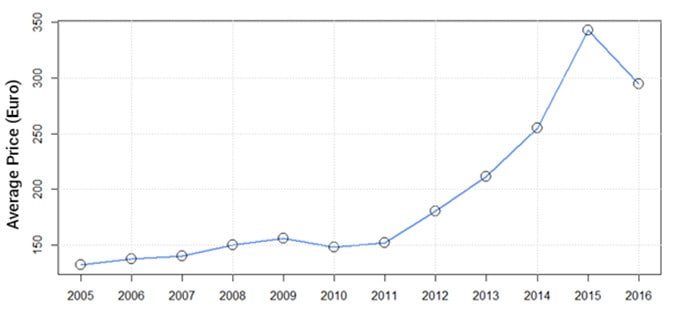
Figure 2 Average Price per Bottle in Euros sold on Auctions
So does this mean that collectable single malt whiskies are finally getting cheaper again? Well, not quiet. Average prices can be driven by some extreme outliers and in 2015 the massive boom of japanese whiskies climaxed seeing several bottles selling for a horrendous amount of money. To summarize the whisky auction market more accurately the Whiskystats Whisky Index displays the price development of the 300 most traded single malt whiskies. Here we see that by summer 2016 those 300 whiskies continue to gain in value. The 280 index-pointsby August 2016 indicate that the prices for these bottles climbed by 180% since they first appeared on the auction market.

Figure 3 The Whiskystats Whisky Index showing the Price Development of the 300 most traded Whiskies
These figures may suggest that all the bottles traded are rather expensive. This is not quite the case. Every fourth whisky which is sold on auctions does so for less than 100 Euros. Even 50% of the bottles sell for less than 170 Euros.
Market Favorites
A natural question that arises is which whiskies are most traded on the market and which are its favorites. First of all, at some point pretty much any decent scotch or japanese single malt whisky was sold on some auction platform. Naturally, the current availability strongly depends on the number of bottles which were initially released and of course the popularity of the respective distillery itself. There are indeed huge differences in how much bottles from each distillery are traded. The absolute market leader is Islay based Ardbeg accounting for more than 8.3% of the overall 200,000 price observations. The second place belongs to Macallan with a 6.2% share on the single malt auction market. The podium of the most traded whisky distilleries is completed by Bruichladdich with 4.8% market share.

Figure 4 Ardbeg is the most traded Distillery on Auctions
However, the sheer number of trades is only one way to measure the popularity of the distilleries. The other one is to look at the price development of the issued bottlings and there we see a slightly different picture. For this purpose we compare the current price level with the auction results from when the respective bottles first appeared on the secondary whisky market. This distillery ranking is dominated by the four japanese distilleries Hanyu, Karuizawa, Yamazaki and Miyagikyo. The top ranked scotch distilleries are the already silent Brora and Port Ellen. Both, the whiskies from Brora and those from Port Ellen, tripled in value over the last decade. Unsurprisingly, in the top spots of this ranking we find many other closed distilleries and also Ardbeg and Macallanwhich we already mentioned above.
So, beside the massively hyped japanese distilleries it is Ardbeg and Macallan which are currently the true auction market favorites. Both distilleries´ whiskies are massively traded, constantly gained in value and most importantly the distilleries themselves continue to produce whisky.
Lookout
The whisky auction market is always on a move since new results come in every month. New trends will evolve, which will see prices for some underestimated whiskies climb or those of well-established distilleries fall. Websites like Whiskystats.net help to keep an overview and with these quarterly guest posts on Great Drams we plan to keep you updated on the most important developments.
